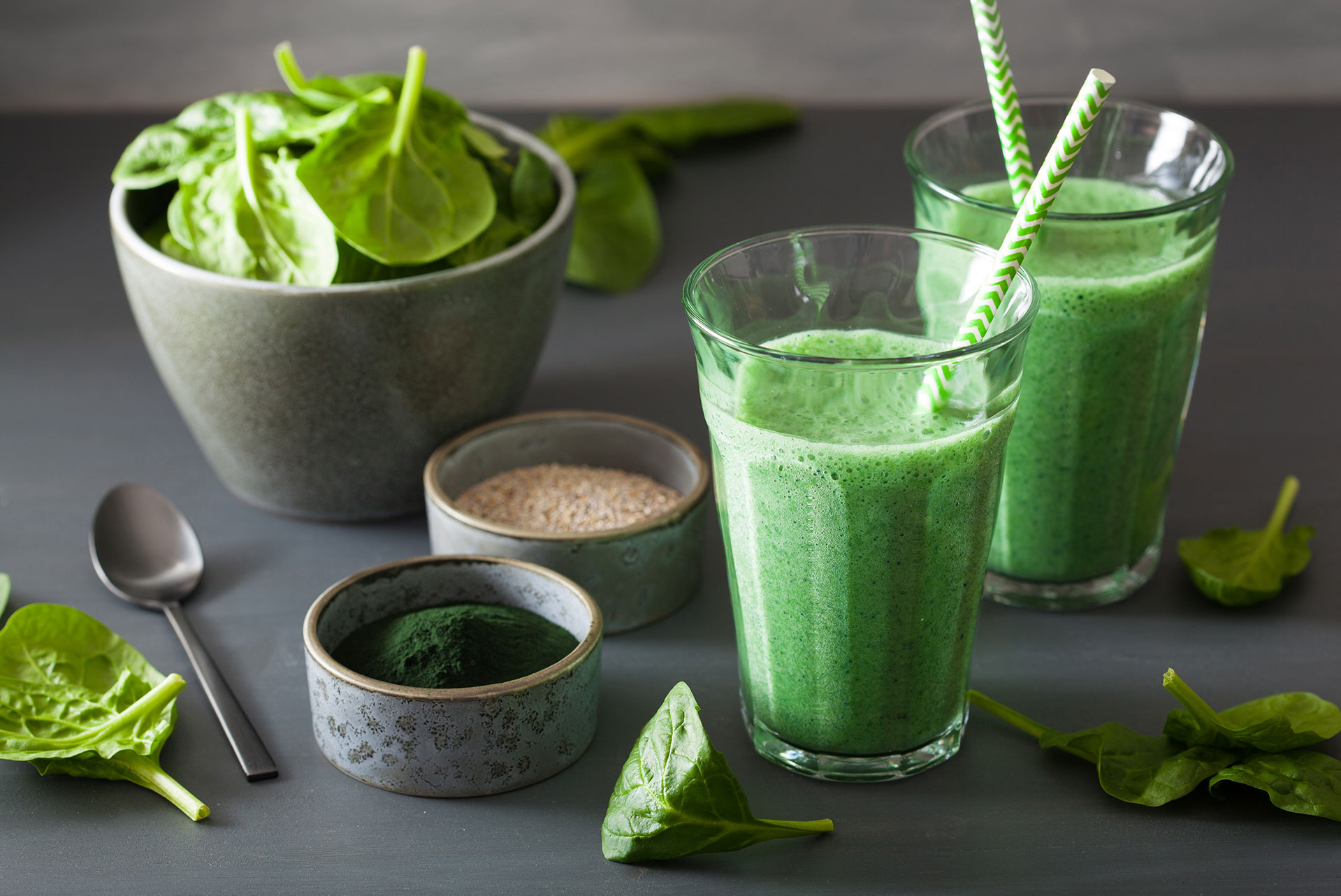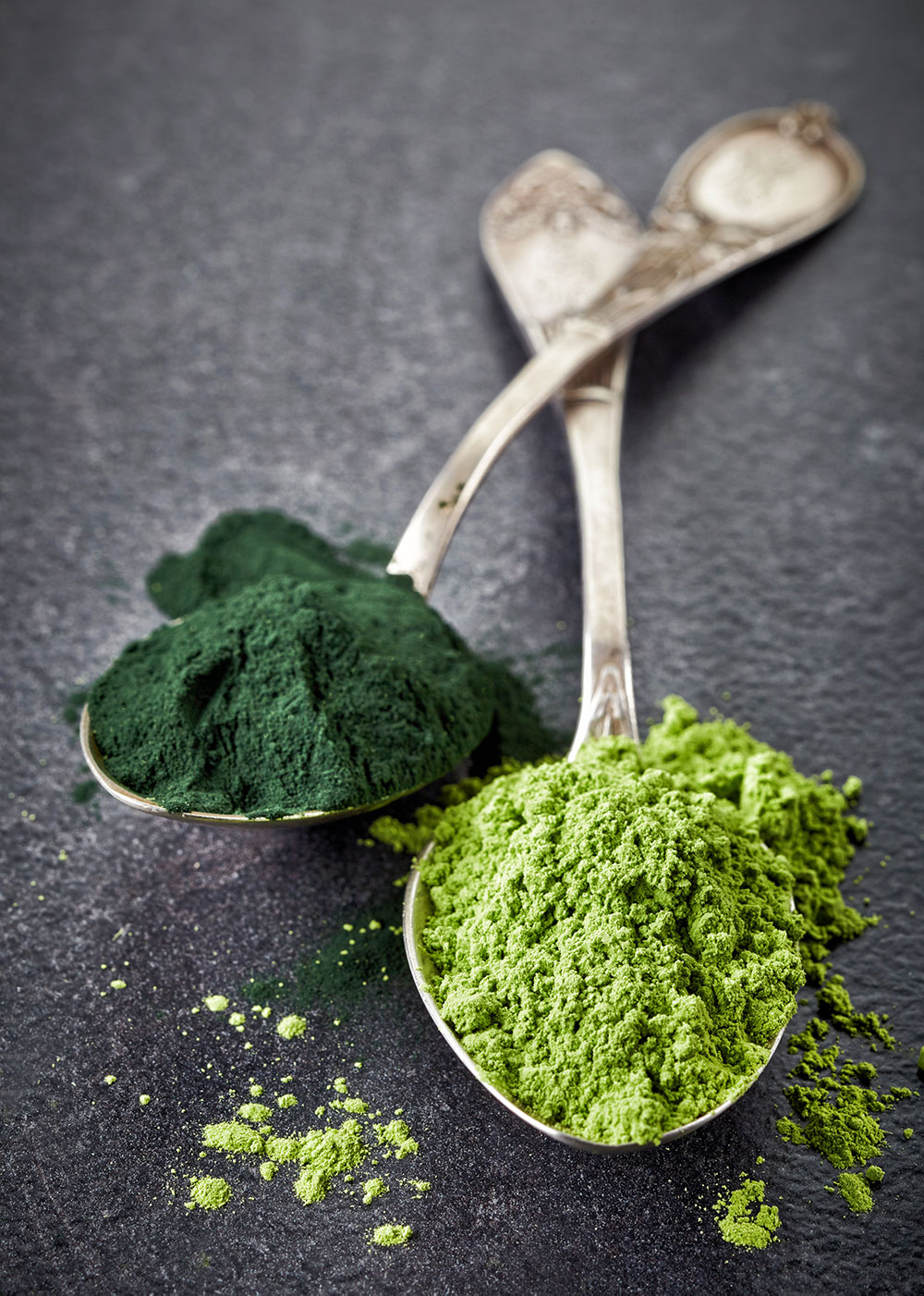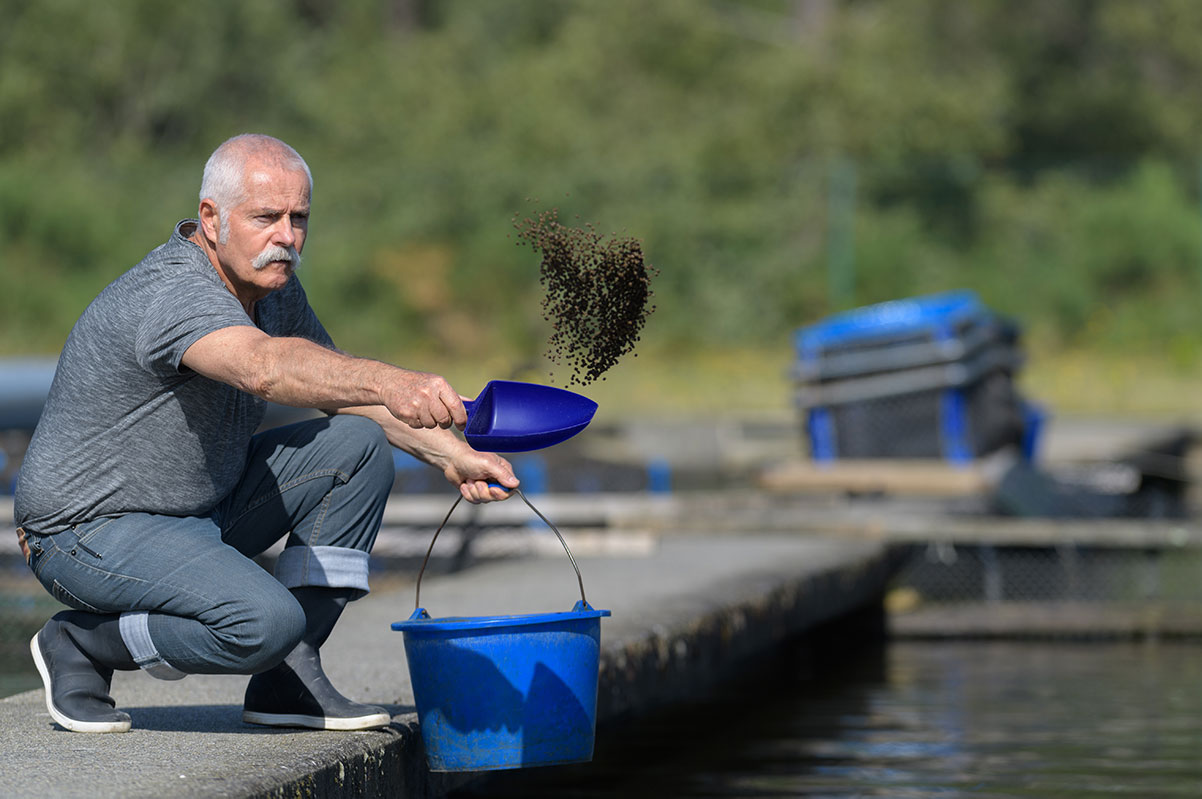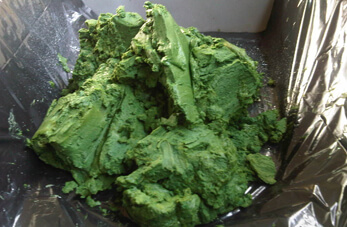ALGAE PRODUCTS
Why Algae?
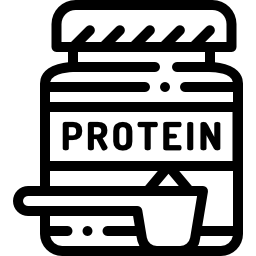
Nutraceuticals
Algae-based superfoods like Spirulina and Chlorella provide nutritious, vegan supplements for human consumption.

Animal Feed
With up to 70% protein content and a rich amino acid profile, algae can satisfy the needs of large-scale agri- and aquaculture.
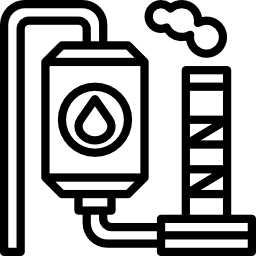
Industrial
Almost any hydrocarbon-based product – for example biofuels or cosmetics – can be produced from an algae feedstock.
Why Pond?

Clean — Unlike in large, open ponds, we grow algae in a fully sealed, closely monitored environment. This prevents contamination from outside sources like acid rain, radiation, floods, or birds and other wildlife.

Green — Our approach is resource efficient as it is fast, requires minimal land, loses zero water, and consumes carbon dioxide.

Vegan — Our products are vegan, gluten-free, GMO-free, and we are working towards organic certification.
Algae Products
- Health supplements with antioxidant and anti-inflammatory properties.
- Consumed as powder in ready-to-drink beverages and smoothies, capsules and tablets.
- Contain key nutrients (e.g. beta-carotene, Vitamin A).
- Vegan GMO-free, gluten-free protein.
- Our closed system allows us to achieve low bacterial counts and low heavy metals.
- No pesticides, herbicides or animal by-products.
- No artificial ingredients, preservatives, or irradiation.
- Common in aquaculture and increasingly popular for livestock, because it has a superior amino acid and lipid profile to plant-based food additives.
- Pond’s algae analyzed to-date are high in protein (up to 70%) or lipids (30%).
- Astaxanthin (Haematococcus pluvialis) is the key natural antioxidant seafood absorb in their diet. Natural astaxanthin gives salmon its signature pink colour.
- Other valuable compounds produced by algae include lutein, beta-glucans, and omega-3-fatty acids.
The rise in consumer awareness towards pollution and personal health is driving demand for green products:
- Biofoams used in apparel & footwear.
- Biodegradable plastic containers used in food & beverage.
- Organic cosmetics from natural ingredients.
Algae biomass can serve as a green feedstock for petroleum derivatives like:
- Biofuels
- Bioplastics
- Industrial lubricants
- Green chemicals
- Cosmetics
- and more
The Algae Market
We don’t expect everyone to be an expert on the global algae market, so here are the highlights:

Substantial
$35 (USD) billion market – projected to be $45 billion by 2023

Picking Up Steam
5.2% CAGR

Global
Producers and users on every continent with Europe leading adoption

Untapped Potential
Algae products sell into market sectors with a combined global value of over $1 trillion, growing at an estimated 6.3% per year
Growing Algae
When we think of algae, most of us are reminded with large algal blooms in warm summer lakes, or the green film that we struggle to remove from our pools. Algae generally require light, CO2, and the right level of nutrients to conduct photosynthesis and grow.
Our system imitates and optimizes these growth conditions, in a sense, inducing an algal bloom in a contained environment. We work with emitters and our partners at Natural Resources Canada to find the right growth conditions for the algae, as every industrial site emits a unique mix of gases.
So far, we have farmed three species at scale: Chlorella (Chlorella vulgaris), Spirulina (Arthrospira platensis), and Astaxanthin (Haematococcus pluvialis). Aside from these, our system allows us to grow any other algal strain.
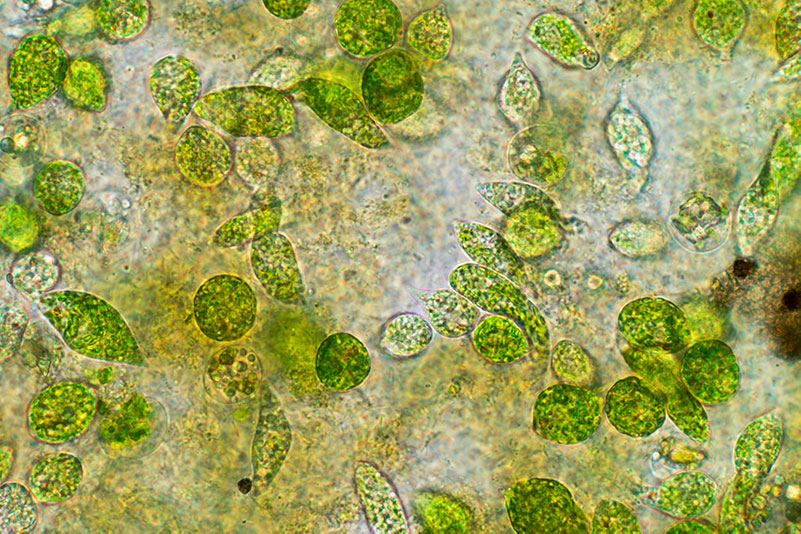
Visit our blog for more information on the health benefits of algae!
Algae Processing
Once the algae grow at a satisfactory rate, it is harvested, separated, dried, and processed further, depending on the final product. Dried algae can be stored for up to 24 months and shipped in bulk. Of course, all Pond bioreactors are frequently inspected by the respective regulatory agencies and tested for quality by third parties.

